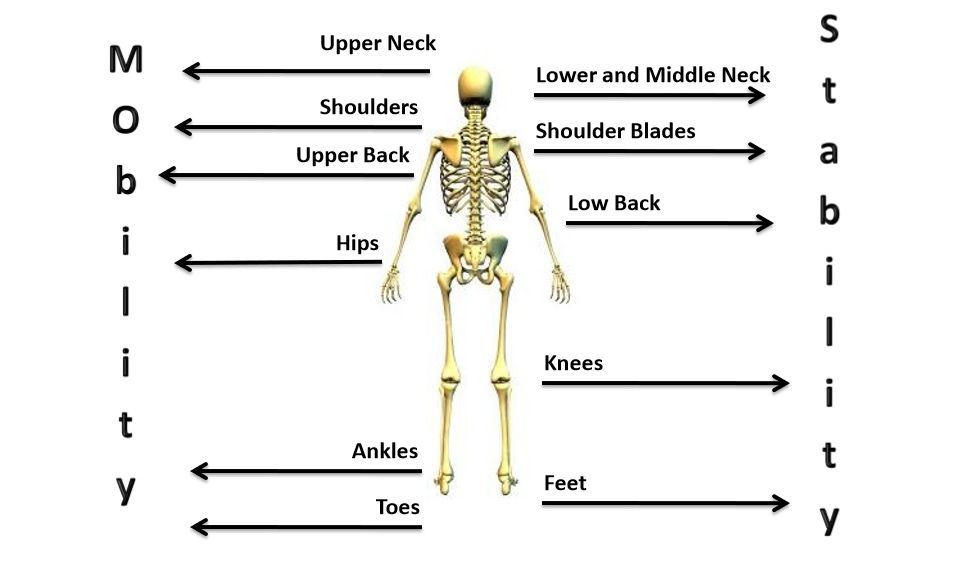Men and Mobility
I don’t know if you have noticed, but us chaps are not very good at asking for help, really with anything! If I look at my own life, as an example, I never really sought assistance with anything work, health or life. That is until something drastic happened, health-wise mine was my lower back bulging a disc.
That’s because ‘man is strong’ and generally as stubborn as fuck thinking we know best! Afterall stretching and things like yoga and Pilates are for ‘girls’. I say this with tongue firmly in cheek, massive generalisations and having learnt loads on my personal trainer journey.
Yoga and Pilates…
…are definitely not just for girls. Generally speaking, ladies prefer Yoga and Pilates because they are more flexible. Generally speaking, men are not flexible.
Recently I have tried various yoga and Pilates classes, and they are hard; some are really hard. Flexibility aside and mine is better than it was but still not where I would like it to be, focusing on the movement fighting areas of tightness, engaging the core correctly, shifting loads while balancing is tricky.
Try doing that when you have low levels of mobility in ankles, hips, upper back, shoulders or neck.
Try doing that when you have low levels of stability in feet, knees, lower back, scapula and elbows.
Why mobility and stability matter.
Mobility and stability are critical to healthy movement and protecting us against injury; this isn’t a man or woman thing; it’s a human thing.
My back issue was chronic, initially an ache here and there, more so after sitting at a desk all week and then tackling big DIY projects. Then one day… bang! Couldn’t stand up, couldn’t tie up my shoelaces, couldn’t do much of anything.
Little did I know then that the body has areas that are designed to be mobile and areas designed to be stable and mine were not in good order.

If the mobile joints become immobile, the job they are meant to be doing is transferred elsewhere, usually above or below the immobile joint. Similarly, if stable joints are not stable, the same happens. If both immobility and instability are present bad stuff happens. What then tends to happen in the areas which are meant to be mobile become stiffer/tighter and areas that are meant to be stable become weaker, or turn off, and less stable.
Have a bad knee, look at ankle and hip mobility. Have an angry lower back, look to hips and upper back. Mine was the latter; essentially lower cross syndrome, of which I knew nothing about, had crept up on me. Tight hips, particularly short hip flexors, and tight upper back all putting extra load on my lumbar spine and my bum (glutes) became fleshy cushions. Sitting, lots and lots of sitting.
Movement, the gateway to better health and performance.
To access better movement, improve health, fitness and performance the focus must be on mobility first. Improvements in stability come second followed by strength.
The Functional Movement System functional movement screen highlights imbalances, asymmetries and weaknesses in each area. It is also important to say that there is a motor control element which is where our brain gets involved and has a powerful say in movement safety, specifically when there are significant instabilities, or there are old injuries. Sports rehabilitation and sports therapy can work to alleviate the injury but retraining the adaptations that have been made is important too.
If you want to be a strong man or woman, it really is time to start evaluating the little things to understand where you have weaknesses, and we all do. Understand those, do the work, and there is no limit to what can be achieved.
A great first step would be having a functional movement screen or joining one of my classes. Only if you are willing to ask for help, though...!
Take care,
Andrew